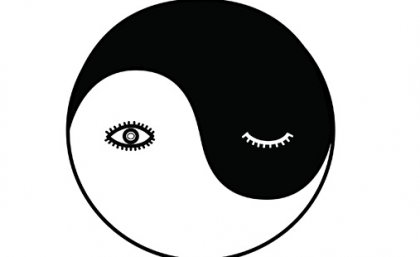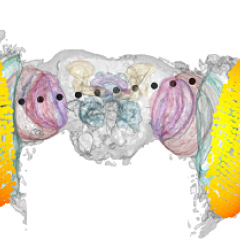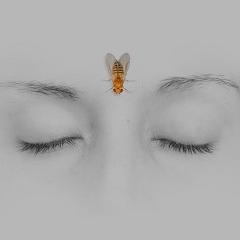
Queensland Brain Institute scientists have found that the functions of sleep and attention have more in common than previously thought.
Building on previous studies, QBI researchers have developed new ideas on how sleep and attention might be related, and may have even co-evolved to regulate each other.
Sleep serves multiple functions
PhD student Ms Leonie Kirszenblat, who is researching Drosophila melanogaster, the common fruit fly, said sleep serves several distinct functions that may have evolved as brains became more complex.
"In animals with simple nervous systems, for example, worms, sleep-like states are triggered during developmental stages like moulting, or by environmental stress, such as high temperatures,” she said.
“However, in animals with more complex nervous systems, including insects and mammals, sleep is not simply tied to development or stress but is an everyday occurrence that is needed to support cognitive functions such as selective attention.
“Studies in different animals suggest that tasks requiring more attention lead to a greater need for sleep and increased sleep intensity.”
Sleep and attention have complementary effects
Ms Kirszenblat said since sleep and attention seem to have mutual effects on each other, they appear to be complementary like the yin and yang of Chinese philosophy, in which contrary forces combine to create harmony.
Ms Kirszenblat’s PhD supervisor, Associate Professor Bruno van Swinderen, said sleep and attention both allow the brain to ignore irrelevant information, and could use similar brain mechanisms to do this.
“This is a revolutionary way of thinking about how the brain works during sleep and wakefulness,” he said.
Selective attention requires filtering irrelevant information in order to focus on a particular object or task.
“Although sleep and attention seem like opposite brain states, they both essentially help an animal to ignore the outside world,” Professor van Swinderen said.
The paper is published online in the journal Trends in Neuroscience.
Media: Media: QBI Communications, communications@qbi.uq.edu.au; Leonie Kirszenblat, l.kirszenblat@uq.edu.au, 0422 801 739.





